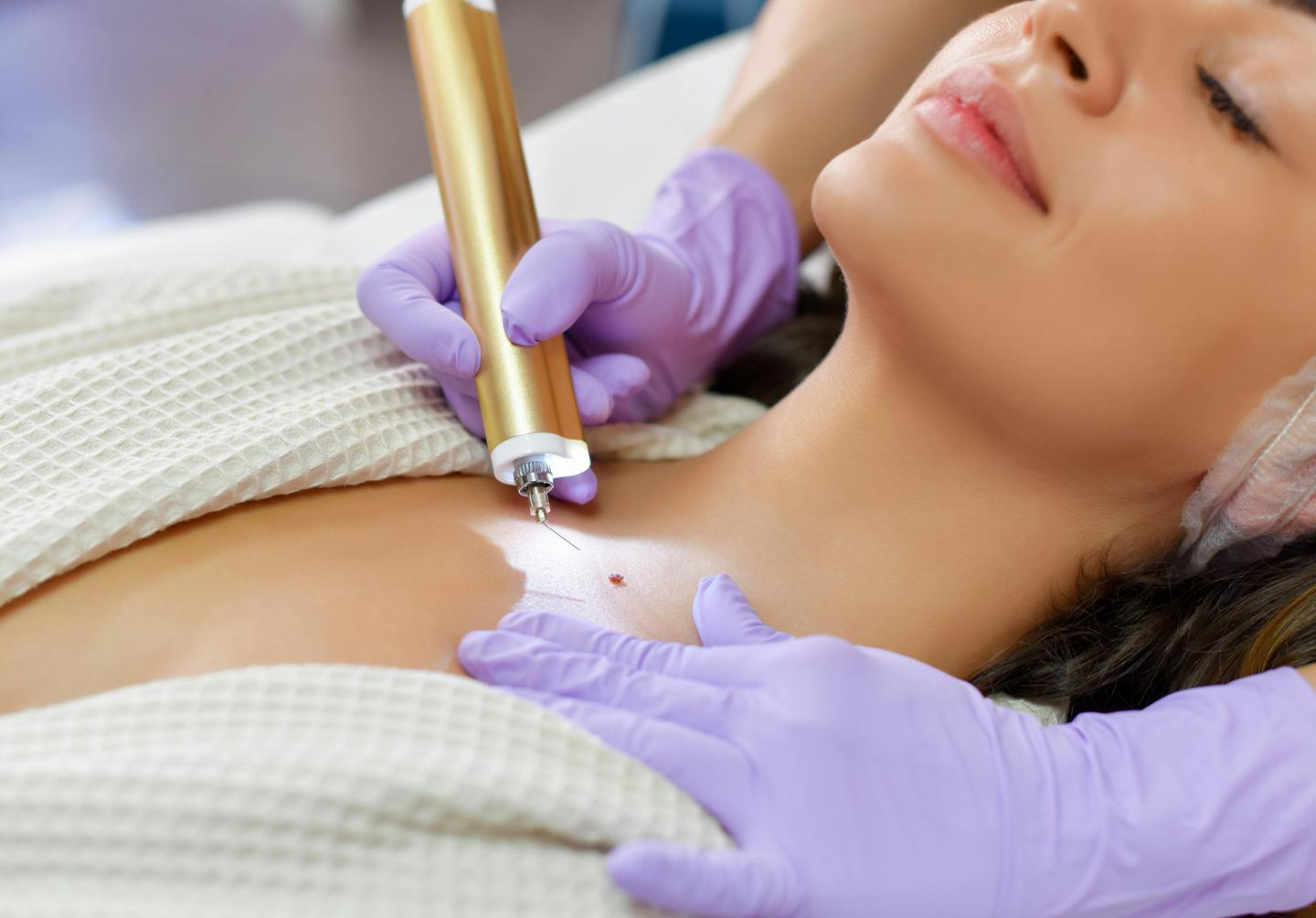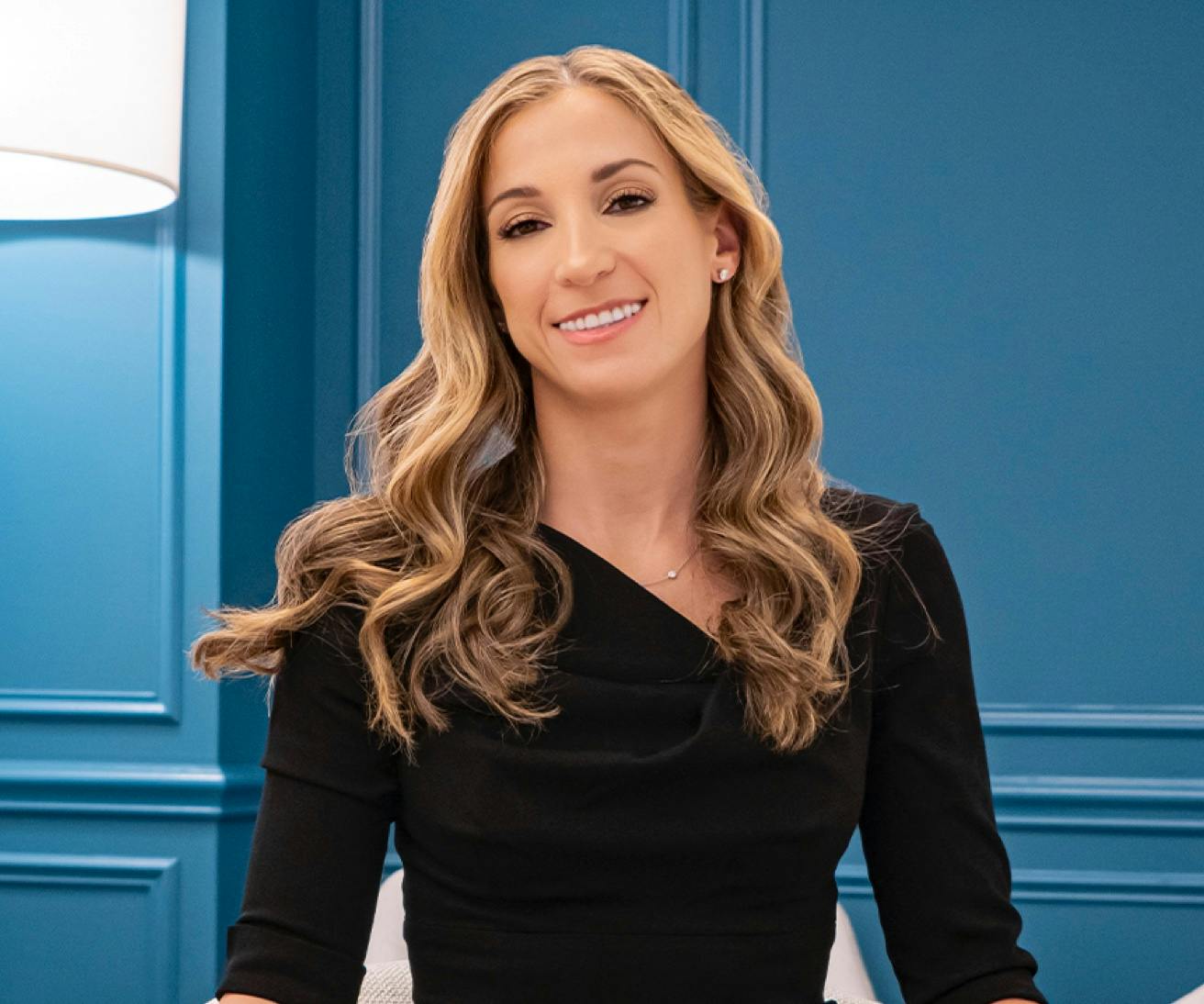Dr. Shari Reitzen uses plastic surgical techniques to greatly minimize the appearance of scars, skin lesions, and moles. This can be performed under local anesthesia in the office with little or no downtime. Dr. Reitzen proudly offers patients treatments for scars, skin lesions, and mole removal in the Upper East Side.
What is skin lesion/mole removal?
Skin lesion/mole removal is a medical procedure used to eliminate or excise abnormal or unwanted skin growths, such as moles, skin tags, or cysts. This is done for various reasons, including aesthetic concerns, suspicion of malignancy, or discomfort.
How is skin lesion/mole removal performed?
There are several methods for removing skin lesions and moles, including surgical excision, shave excision, laser removal, and cryotherapy. The specific method used depends on the type, size, and location of the lesion. A dermatologist or a surgeon typically performs the procedure after numbing the area.
Is skin lesion/mole removal painful?
The procedure is usually done with local anesthesia, ensuring that you don't feel pain during the removal. You may experience some discomfort during the recovery period, but it is typically manageable with over-the-counter pain relievers.
Are there any risks or complications associated with skin lesion/mole removal?
While complications are rare, potential risks include infection, scarring, pigmentation changes, or recurrence of the lesion. It's essential to follow post-operative care instructions and have any removed moles or lesions tested for malignancy if there are concerns about skin cancer. Always consult with a healthcare professional for personalized advice and care.










